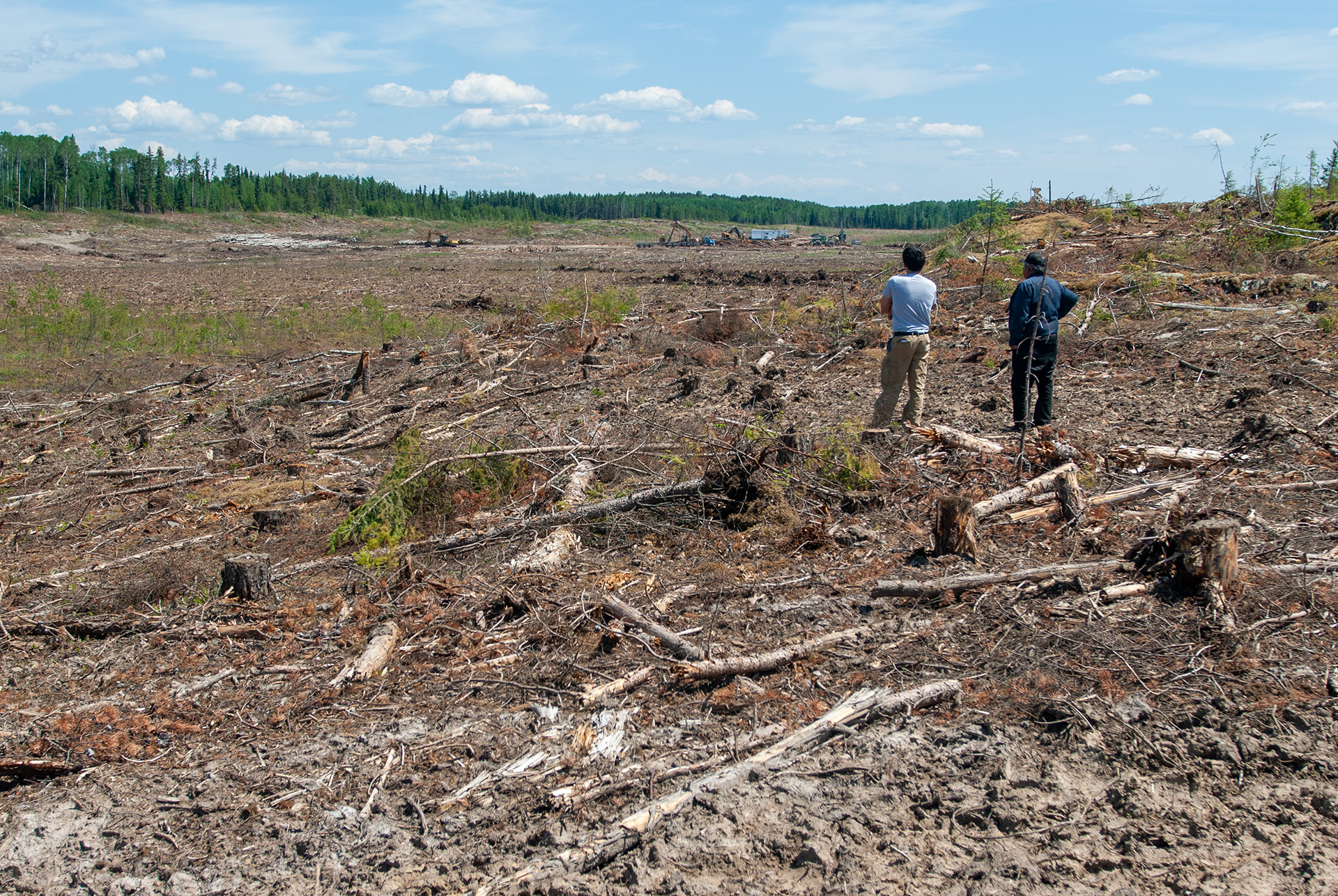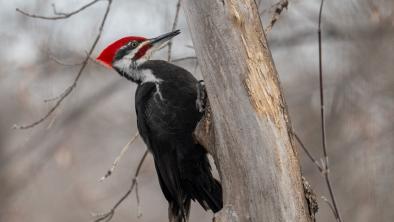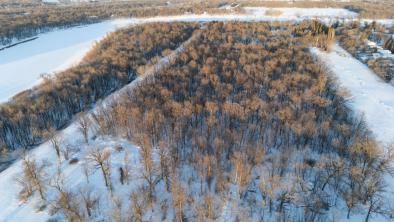Environment Act urgently needs an update
Winnipeg Free Press

Recently, the new Manitoba government made environment licensing decisions on two silica sand projects, approving one and rejecting the other.
Public hearings shone a light on the environmental risk that ultimately ended Sio Sand’s bad idea. Secretive deals, instead of transparency, allowed Canadian Premium Sand to get a licence in Hollow Water First Nation territory.
By reflecting on the process these licensing proposals underwent, we can build a better regulatory process, much like environmental laws were created in the past after learning hard lessons from failures.
The risk of a sand mine on Hollow Water First Nation territory was first mentioned in a 2012 Wilderness Committee publication. At the time, Hollow Water community members were embroiled in conflict with mining company San Gold over the construction of a mine waste tailings pond upstream on the Wanipigow River. That fight pitted folks getting financial benefit from the mine against those not wanting to sacrifice more of their territory’s healthy forest.
Resource extraction projects nearly always divide rural communities. They divide big cities too, but in a small town, a vocal difference of opinion will remain a glaring divide for years or decades.
San Gold got an Environmental Act licence but 98 hectares of a trapline was razed before completing community consultation and issuing the licence. The story broke across the continent and the bad publicity for mining projects violating Indigenous rights and colonial law forced the Manitoba government to look at the broken Environment Act licencing process.
Also in 2012, Prime Minister Stephen Harper’s Conservative government slashed environmental laws, which fuelled the birth of Idle No More and a resurgence of Indigenous identity and respect. By 2013, elected chiefs and councillors of several First Nations routinely protested at the Manitoba government mines branch and at mining events. They were joined by environmentalists as they voiced their three biggest concerns: lack of consultation, a faulty environmental licensing process and missing care for the environment.
Twelve years on, the world can feel the harmful effects of the ongoing climate crisis and sense future damages the biodiversity crisis will unleash. Our collective shift to recognizing these crises will improve our relations with people and the planet. Yet, a proposed resource extraction project in an Indigenous community is still managed by the archaic Environment Act that was written in 1988, as recommendations to modernize it are ignored.
On my first community visit to Hollow Water to investigate the sand mine, the RCMP tracked me down and sat in on a meeting I was having with an Elder. Meanwhile, Camp Morningstar, a protest camp and traditional teachings operation set up to counter the silica sand mine, was threatened regularly and burnt down at least once.
We remain deep in the battle against Canadian Premium Sand’s open pit sand mine that threatens the health of Hollow Water First Nation community members while sacrificing their lands and waters — a process fraught with fear and violence. There are 106 conditions attached to the Environment Act licence, issued in 2023, and we’ll be watching to ensure every single condition is met. We expect Environment Minister Tracy Schmidt to revoke the licence if they aren’t.
The San Gold tailings pond and the Canadian Premium Sand mine examples reveal the gaps in the Environment Act processes and highlight what needs to be fixed. Sixty-two other First Nations in Manitoba want to see a fair and healthy process in place when the next resource extraction company comes knocking on their door. Most settlers in Manitoba also want to see these projects done in a good way, or not done at all.
There are unreal expectations for Premier Wab Kinew, partially because we want to reverse the damages done by the previous government immediately. And also because he is First Nations. With a First Nations premier, we want to believe we’ll no longer see conflict with First Nations, right?
While this is obviously not realistic, a process designed by his team could repair the disillusionment caused by the Environment Act’s failings. MLA Ian Boushie hails from Hollow Water. He was the Chief in 2007, when blockades were erected by the community to protest the provincial government’s cottage lot development that was taking away their territory. His valuable insight can also help fix the Environment Act processes.
What we can build right now is a better way for resource extraction projects to be proposed and authorized. The peace Hollow Water First Nation has consistently sacrificed can help build peace in other communities.
Eric Reder is the wilderness and water campaign director for the Wilderness Committee.


